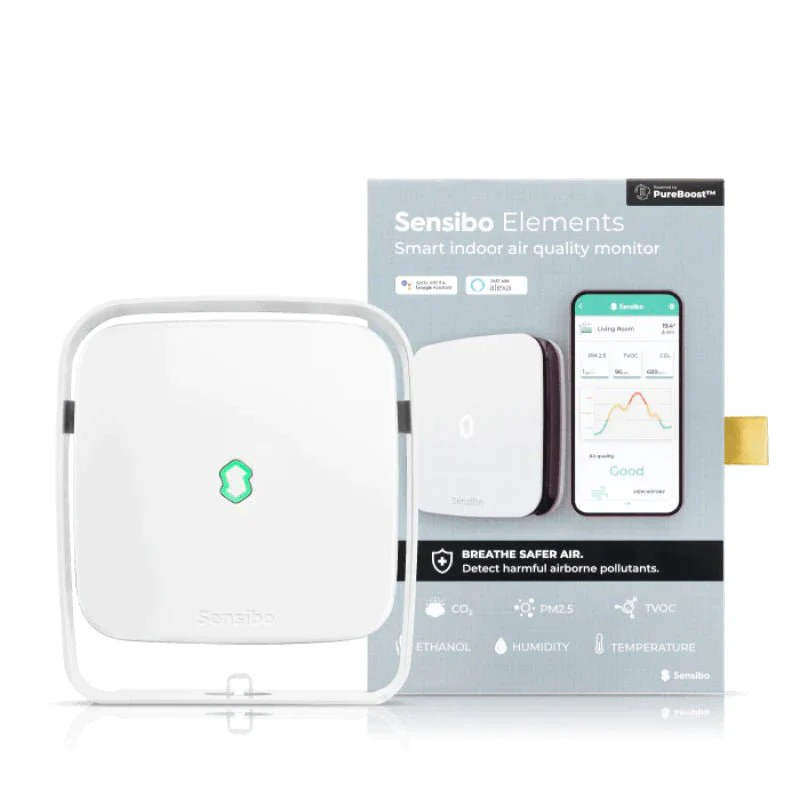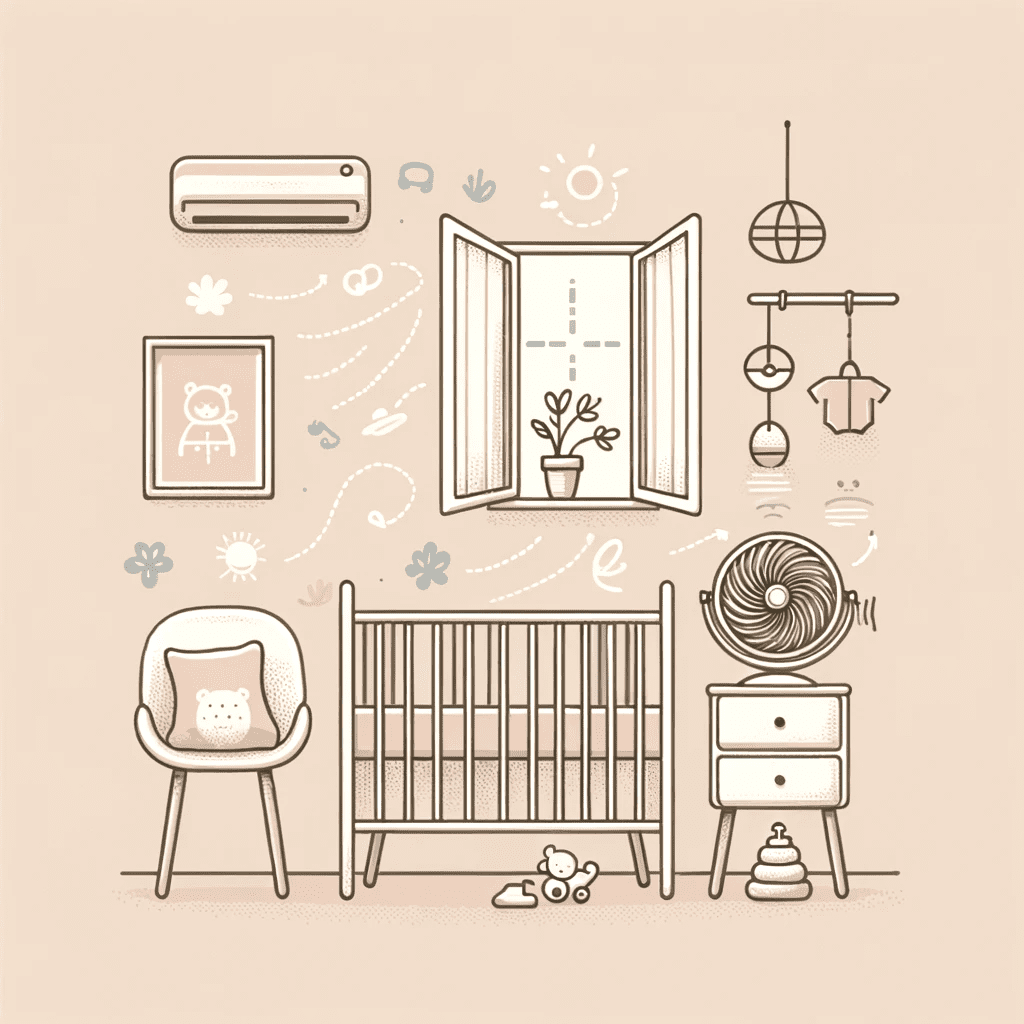Home ventilation is a simple process– it is the exchange of incoming fresh air and outgoing stale air. Choosing the best ventilation system for your home from the many ventilation options available, however, is a bit more complex.
Adding a whole-home ventilation system to your space means not only more fresh air indoors but added health benefits for you and your family and a healthier living space overall. Ventilation systems can reduce the number of indoor pollutants, allergens and harmful particles circulating indoors. They can also reduce utility bill prices and increase your home’s energy efficiency, saving you money in the long run.
From ventilation methods to ventilation systems to choosing between an ERV and an HRV, we can help you find the best home ventilation system! Let’s break this down.
What Is Home Ventilation?
Starting with the ventilation basics, there are three home ventilation methods: natural ventilation, spot ventilation and mechanical ventilation. Natural ventilation means relying on inconsistent airflow through either open windows and doors or small holes and cracks in the home. Spot ventilation can only improve air quality in a dedicated spot (ex: kitchen stove fan). Mechanical ventilation (aka whole-home ventilation) is the most reliable ventilation method available. A mechanical ventilation system circulates fresh air throughout the entire home, and it does so consistently.
When it comes to choosing a whole-home system, there are also three options to choose from: exhaust-only, supply-only and balanced. A balanced home ventilation system wins every time. A balanced system combines the exhaust and supply operations in one. Meaning, a balanced ventilation system is actively bringing in the fresh air and removing stagnant air–all in one system. And it’s doing so for the entire space.
Both energy recovery ventilators (ERVs) and heat recovery ventilators (HRVs) are balanced home ventilation systems. And while it’s easy to understand that mechanical ventilation is superior to natural and spot ventilation; and balanced systems are better than exhaust or supply-only, ERVs and HRVs both have advantages. So, how do you choose the better option for your indoor space?
 Q+A: Home Ventilation and Fresh Air Circulation: We want to help you understand everything about home ventilation and indoor air quality. Read our FAQ on fresh air mechanical ventilation. Read the full article →
Q+A: Home Ventilation and Fresh Air Circulation: We want to help you understand everything about home ventilation and indoor air quality. Read our FAQ on fresh air mechanical ventilation. Read the full article →
Choosing the Best Ventilation System
ERVs and HRVs work in similar ways. Both bring in fresh, new, clean outdoor air and remove stale, old, polluted indoor air. They also work to recover energy from the exhaust air in the process. This helps lower home utility bill costs, maintain indoor temperature and comfort and increase the home’s energy efficiency. ERVs and HRVs install directly into the HVAC system and often use existing ductwork, improving indoor air quality with a low-maintenance upgrade.
The main difference between the two? ERVs transfer both heat and moisture while HRVs transfer only heat.
ERV: Energy Recovery Ventilators
Heat and Moisture Exchange: An ERV transfers both heat and moisture from the outgoing stale air to the incoming fresh air. This means your home will maintain its indoor temperature regardless of the outdoor air temperature. Because ERVs transfer both heat and moisture, an ERV can either preheat or precool incoming air.
HRV: Heat Recovery Ventilators
Heat Exchange: An HRV transfers heat from the outgoing stale air to the incoming fresh air. The transfer simply means it uses the heat from the outgoing air to preheat the incoming air. This ensures the incoming air matches the indoor air temperature, which maintains occupant comfort and saves money on heating bills.
There is no one declarative better option between an ERV and an HRV. Because the specific “how” of the ventilation and heat exchange processes differ, the better option for your home actually depends on climate and location.
| Hot Humid Summer Climate | ERV – Helps retain indoor humidity, reducing the demands on the A/C system |
| Dry Summer/Year-Round Climate | HRV – Helps increase indoor humidity levels |
| Homes Suffering from Dry Winter Air | ERV – Helps retain indoor humidity levels |
| Homes Suffering from Humid Winter Air/Excess Indoor Moisture | HRV – Helps rid the space of excess humidity |
In the end, you really can’t go wrong when upgrading to a balanced whole-home ventilation system. The final answer ultimately depends on your home’s needs and existing indoor air quality issues in addition to climate. Regardless, both ERVs and HRVs are outstanding fresh air home ventilation systems that will drastically improve your home’s indoor air quality.





